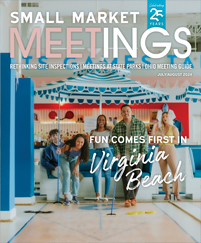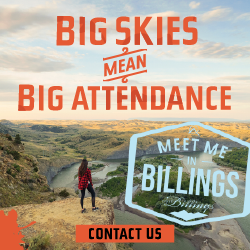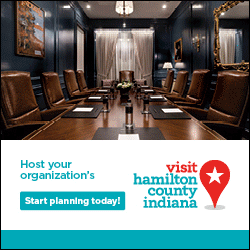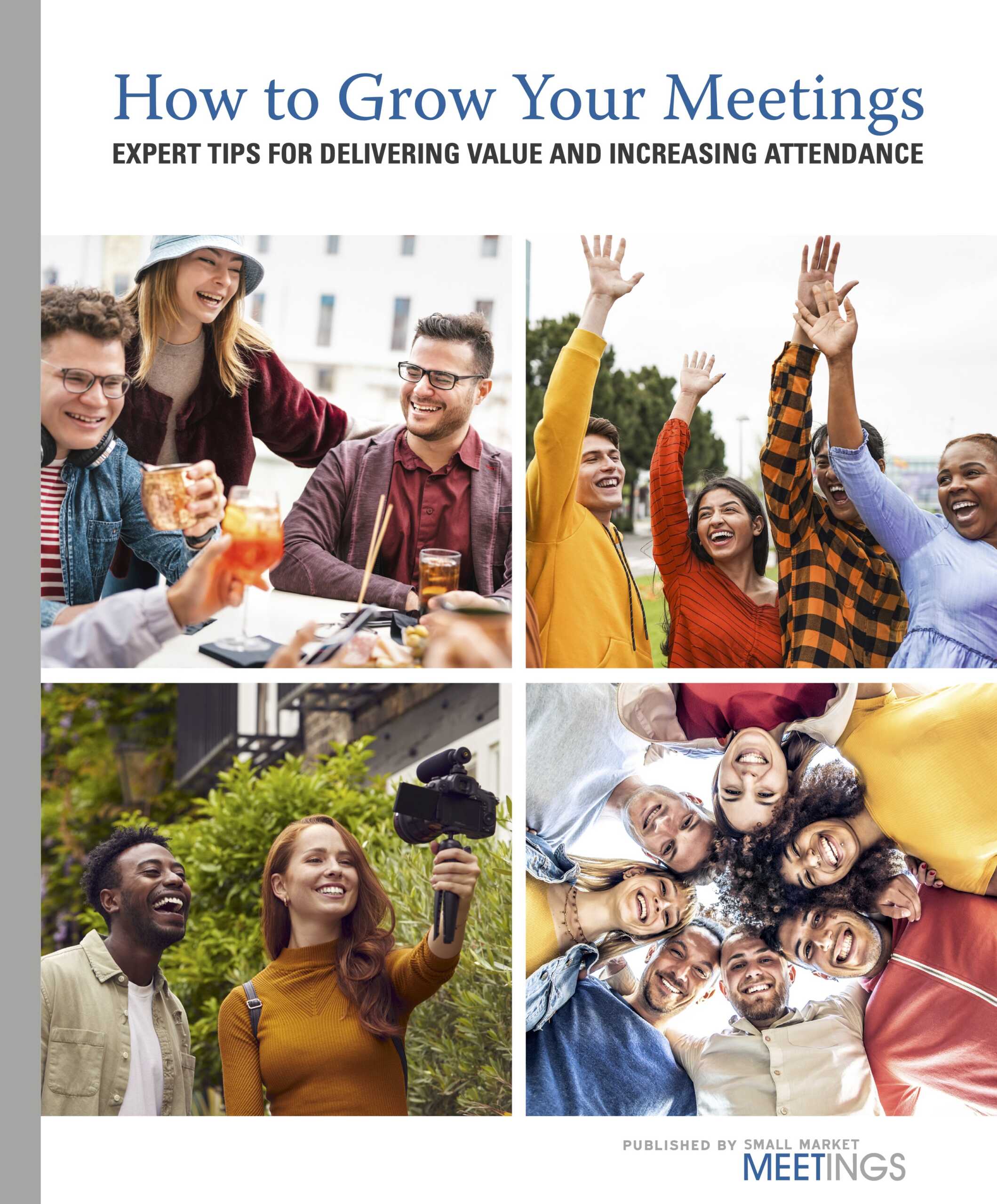To make breakout sessions better, you have to start with what makes them bad. They’re too long. The presentations are boring. There are too many of them, and too often, there’s not enough of a break between them.
Of course, that’s not always the case. There’s a time and a place and a need for the traditional-style breakout session. But there are many things planners can do to improve breakouts without breaking the budget.
Hot Topics
To make breakout sessions more engaging, planners should start with the topics. For ideas, ask company executives, the event committee and even past attendees what’s important and relevant to them. Planners can even track breakout attendance from a previous conference or other events to know which sessions were well attended and use that in planning future breakout topics.
But planners should think beyond the obvious industry-specific or business-only topics, said Jaime Smith, national business development director for Bartha, an event production company based in Columbus, Ohio. Ask your neighbor, the barista or the administrative assistant what’s relevant to them, what appeals to them, what concerns them, “because we’re all human,” Smith said. That could lead to topics like stress and time management, wellness and mindfulness, even grief support.
It’s also valuable to know your demographics and to take a more emotional approach to selecting topics, said Ann Luketic, who manages the execution and strategic design of Progressive Casualty Insurance Co.’s internal experiential events.
“We all have an opportunity to get education and training, but try to work in some kind of topic they’re passionate about,” she said.
Organizers should also try to save one or two breakout sessions, and select those session topics only a month or so before the event. Those “hot topic” sessions can then be dedicated to current issues — a new policy, a proposed tax, a shift in consumer behavior — that are affecting attendees and shaping the industry.
“That way you’re not picking all your topics a year ago,” said Allison Beers, owner of Events North in Traverse City, Michigan.
Planners can also better communicate session topics, both Luketic and Beers suggested. Write more complete descriptions or informative abstracts for each session, including the session’s goals or takeaways, and consider adding a tag about who would most benefit from the topic, such as “ideal for the budding executive.”
Peer-to-Peer Presentations
For general sessions and keynotes, “you want the inspirational, uplifting, motivational speaker,” Smith said. But for breakout session speakers and moderators, you want subject matter experts who are comfortable presenting or guiding a discussion.
Peer-to-peer presentations are becoming more common, and planners can often tap event attendees for those roles because they’re “the people on the ground who are doing it who can share their ups and downs,” Smith said.
Planners can also look for “industry doers” who are highly involved in an association or serve on relevant boards and committees. Watch for people engaged on social media, like those publishing interesting blogs on LinkedIn, and ask trusted resources or confidants to recommend speakers.
Beers suggested keeping a running list or business card library; if you see a dynamic speaker at one event, file the name away to tap for future meetings.
Planners can also set expectations. When putting out a call for speakers, provide a scope for each session, such as speaking for 30 minutes with 15 minutes of Q&A and providing attendees with some kind of take-home information.
“It helps the speaker know what you’re looking for,” Beers said. “Really, it will help attract the most dynamic speakers.”
And don’t be afraid to ask speakers to do more than one thing, she said.
“If they’re lecturing in the morning, maybe ask them to lead a roundtable in the afternoon or be a moderator,” she said. “They’ve invested their time; they’re already there.”
Luketic also insists that speakers provide their presentation a month ahead of time “to go over them and make sure they’re clean and have that continuity.”
Change the Space
Events tend to focus all their branding and budget on the entrance, the main room and the lobby, but when you get to the breakouts, “it’s this room with crammed-in tables and chairs; it’s flat,” Luketic said. “I know it’s costly, but try to make it just as exciting and engaging and visually appealing as the general session room.”
It always comes back to budget, but there are easy — and free — ways to improve both the ambiance and the experience. Create a playlist so attendees walk into a room filled with music rather than silence. Something as simple as bowls of M&Ms on the tables or a topic-related bingo game can get people interacting.
Changing the furniture to include beanbags or yoga balls can have a big effect, but even getting rid of the rounds and opting for a roundtable or campfire-style setup will enhance the dynamic.
Smith pointed to the Indiana Society of Association Executives’ annual meeting, where they recently started offering Peer-to-Peer Learning Labs. In a larger breakout room, chairs are arranged in smaller circles, each with a different topic and a moderator.
“When you walk in, you can choose your topic but then leave the session with notes on the other topics,” Smith said.
Instead of 16 small breakouts, she has also seen clients do five sessions that are more like “small keynotes,” each in a larger room with more ambiance and more audiovisual, like microphones or a Catchbox for Q&A.
“It’s still a larger to-do, and there’s a cost to that, but it’s a unique way to change up the usual approach,” Smith said.
Make It Meaningful
People who already do something are always excited to share it to help others, Smith said. That applies to choosing speakers and moderators who are enveloped in the topic, but also people who are willing to help with postsession follow-up so ideas don’t fall through the cracks.
Some speakers will give attendees a takeaway, like a summary sheet or a list of tips and tricks, or will send them the presentation by email. Planners can ask for speakers to provide that follow-up and can even formalize it in their contracts.
By being consistent in asking for that from every speaker, a planner can then corral the breakout session presentations, videos and notes after the conference and upload them to the event website, where attendees can access the information.











